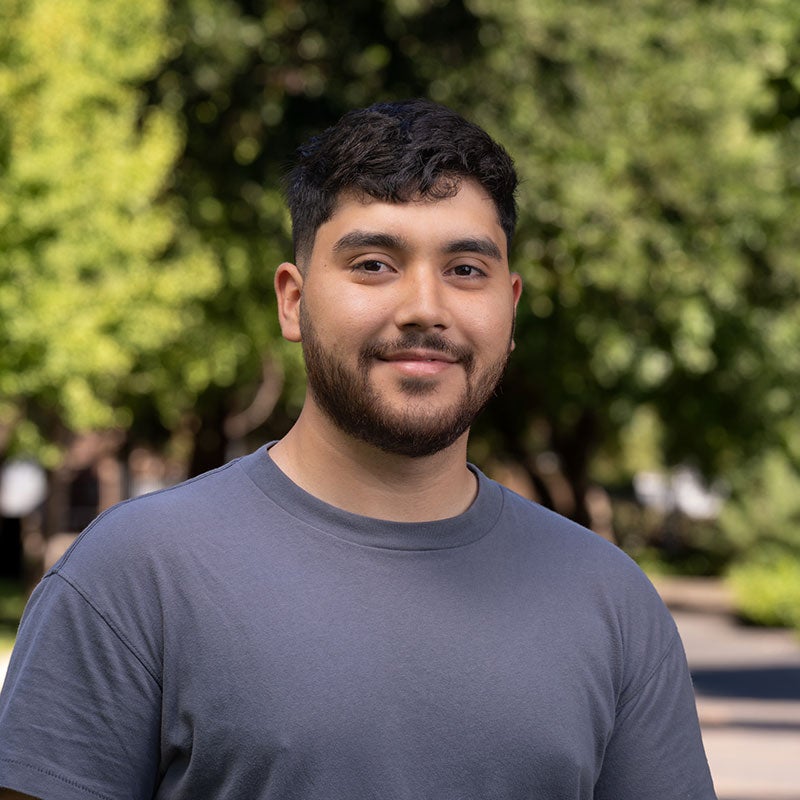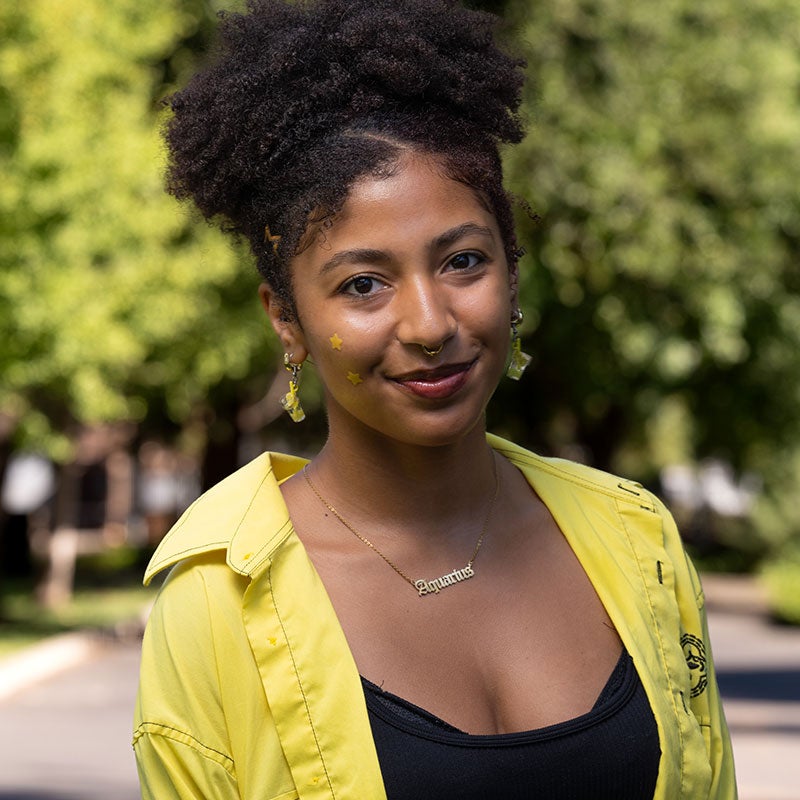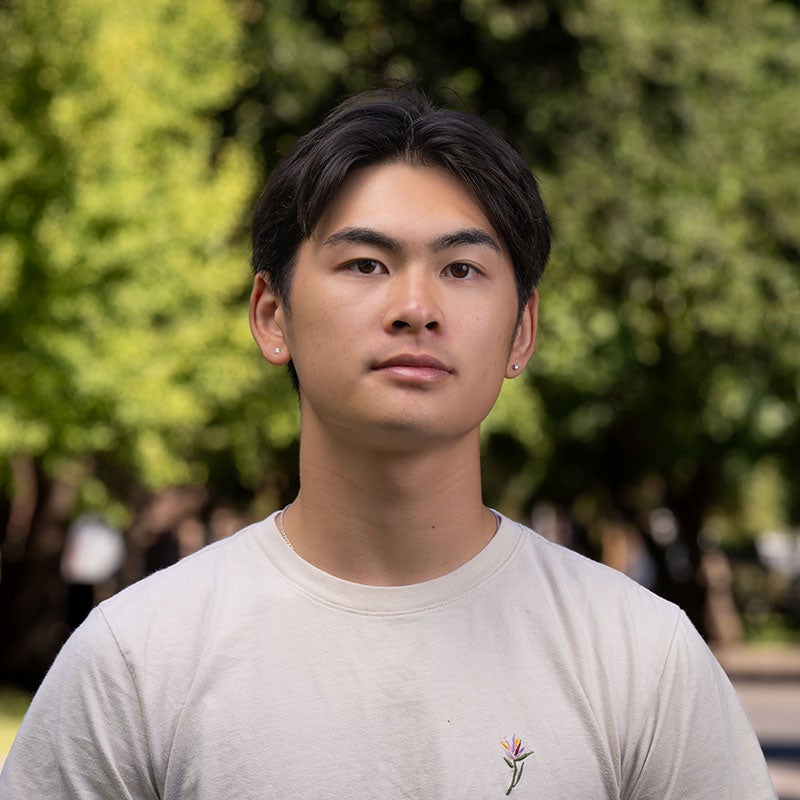Rather than petri dishes or microscopes, in Brie Tripp’s lab you’ll find diverse undergrads gathered around laptops, carrying out the lab’s unique mandate of studying how to promote social and racial justice in science classrooms.
Social justice remains a rare topic in STEM — something Tripp, an assistant professor of teaching in the Department of Neurobiology, Physiology, and Behavior, or NPB, said she hopes to change. “Science doesn’t need to be taught in isolation,” she said. “Because it is all about humans. If you don’t understand how your position can influence research decisions, it can be extremely biased. Science benefits from the awareness of how it has perpetuated disparities and how it can be leveraged to mitigate them.”
Tripp’s approach is multilayered and innovative. Members of her lab develop extensive case studies about the physiology of health disparities in underserved populations, such as higher maternal mortality among Black women and diabetes in the Native American population. They then gather feedback from affected communities and make recommendations for future advocacy.
The kicker? These Social Justice in Science case studies become part of the curriculum for students in Tripp’s NPB 110C physiology class. Tripp, her undergraduate researchers and community partners with lived experience of injustice thus co-create a collaborative learning model in which they shape socially aware content that their undergraduate peers engage with immediately, driving wider awareness of equity in science education.
Bringing Social Justice into STEM
Many students hear discussion of how social injustice can affect basic physiological processes for the first time in Tripp’s class. Alex Pulido, a fourth-year, first-generation pre-med student, was so struck by them in 110C that he joined Tripp’s lab. “When we got the first assignment of the case studies, I was, like, that’s so cool,” he said. “I’ve never encountered any of that in other STEM courses.”
Passion for social justice drew Satu Ra Enwezor, a second-year student majoring in NPB and studio art, to Tripp’s lab after visiting office hours for help in an introductory NPB class. “[Dr. Tripp] said, ‘Hey, how would you feel about social work and making an impact on health research specifically?’ And I said, ‘That’s basically intrinsic to my being,’” said Enwezor, who is considering a career in medical illustration, with the goal of imbuing her future work as a scientific artist with accessibility, inclusivity and equity.
“As a Black woman, my existence sometimes feels like a political statement,” Enwezor said. “Even past the point of politics, it’s how I’m treated in different health and research spaces. I want to work in my own community, especially in Davis, on destigmatizing conversations about race and inequities. That was a really strong driver for me to join Dr. Tripp’s lab.”
From Healthcare to Educating Future Healthcare Providers
Tripp brought the idea for social justice case studies with her to UC Davis in 2021. “I proposed this in my job talk to the university,” she recalled. “Doing that was a big move because social justice is political and often decoupled from science, but I just thought, ‘This is who I am. This is what I want to do.’”



Both the idea and her academic career were long in development. “I actually first witnessed social injustice in science in 2013 when I was training to enter the medical field and saw egregious health disparities firsthand — underserved populations in dire health conditions without insurance or financial support,” Tripp said. “Witnessing these disparities and even death all around me really took a toll on my mental health, and I ended up in a pretty dark space.” She switched careers soon after: “I realized my gift was for teaching science,” she said. “When students come into the classroom, they’re here because they want to be, which is quite different from hospital settings. Students embody hope.”
Tripp pursued her Ph.D. at Portland State University, with a clear vision of integrating biological and pedagogical research. “It was during my postdoc that I thought, ‘Wow, wouldn’t it be amazing to have case studies that look at the intersection of power, privilege, health disparities, physiology and ways to change these conditions?’ And so I started to think about how I could do that.”
From the outset, Tripp aimed to elevate student voices and perspectives. “When I started at UC Davis, I knew I wanted to involve students from underserved backgrounds in this project. I identify with some underserved identities, but, of course, not with all of them,” said Tripp. “So I really wanted to have students as my authentic collaborators, because they’re the ones who know what it’s like to have these health disparities affect them.”
Collaborating to Build Future Empathy
Tripp’s lab has produced 13 case studies and is at work on several more. The case studies are often deeply meaningful for students, both those producing them in Tripp’s lab and those who study them in class. For instance, a case study on Black maternal mortality, led by a Black female undergraduate, centered on Shalon Irving, a Ph.D. epidemiologist with the Centers for Disease Control and Prevention, who died of complications after childbirth and inadequate care.
“It’s a powerful story,” said Tripp. “That one really resonates with students. They want to know how they can advocate for change.”
That potential influence further motivates lab members, said Ethan Pang, a fourth-year student who switched his major to NPB and joined the lab after taking one of Tripp’s classes: “What motivates me to pursue this research is that I’m not just helping these affected communities, but also impacting my peers, who are going to make huge decisions affecting hundreds if not thousands of patients.”
Tripp foregrounds student voices from the beginning. “Their voices have been misappropriated, tokenized and devalued,” she said. “So though I provide feedback on their cases, I really try to let them guide the process.”
Case studies begin with students brainstorming ideas for health disparities that align with the curriculum in NPB 110C: the case study on diabetes in Native American populations, for instance, is taught in the unit on the endocrine system; unhoused children and the repercussions of stress on the immune system; intersex individuals and the reproductive system. Working in small groups, students research the topic and assemble cases using a template Tripp has refined over time. “It’s unusual because we brainstorm all the ideas, do most of the research, and organize the information,” said Pulido, who has been working on a case study about tuberculosis and the respiratory system in incarcerated populations.
Enwezor has also been working on the tuberculosis case study and said she has high hopes for its effect on students. “I am really excited for this one to be implemented into the syllabus,” she said. “If NPB 110C students are going into health care, they need to build their empathy and understanding and accept people of all backgrounds. That’s what I want to drive home with this case study.”
A Feedback Loop of Learning
Letting students drive the process has given Tripp new insights, too. “I’ve learned so much from my undergrads about so many disparities that aren’t ever talked about,” she said.
Tripp and her students have also learned how compatible social awareness can be with rigorous scientific education. “It’s possible to have this intersection of the social sciences and STEM, and students overall dig it,” said Tripp. “I can’t tell you how many students have said to me, ‘My entire undergrad career has been just science, science, science. It’s so refreshing to have application finally.’”
Her students voice appreciation. “Dr. Tripp is such a great mentor,” said Pulido. “It feels so great to have our voices heard, and it’s still kind of crazy to me that we’re able to create material that’s used in an actual university course curriculum.”
